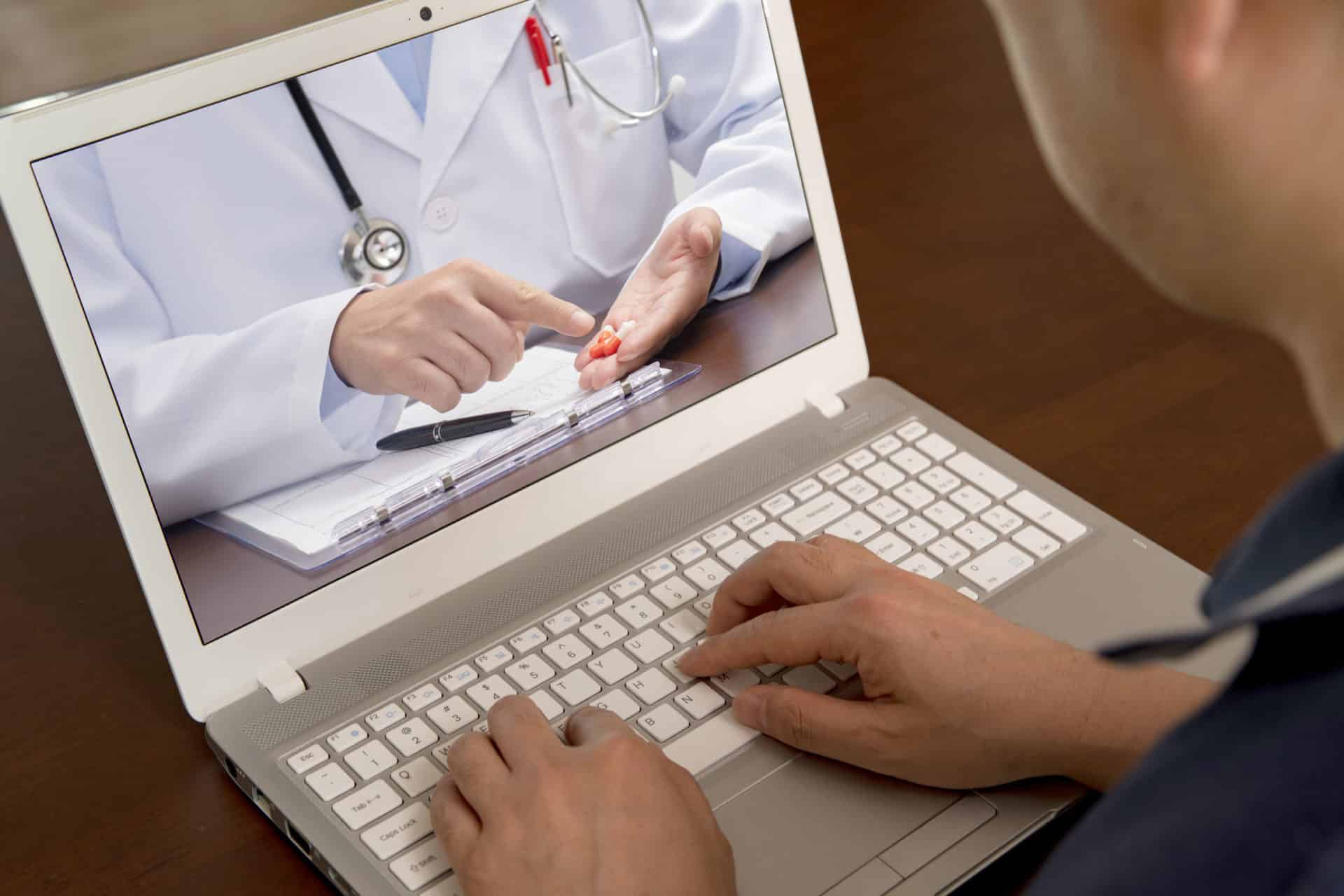Free Consultation
Free Consultation

In New York, finding medical care for an injury or illness not related to COVID-19 can be a challenge. It may be difficult to secure an appointment and going to an appointment can put your health in jeopardy – but it’s not your only option.
Virtual Urgent Care is easy and convenient, but if you think your illness or injury could be a part of a personal injury case down the road, there are some things to know about getting the proper care virtually.
If you don’t have serious or life-threatening injuries or illnesses but think you need medical care, then a virtual urgent care visit is a great option right now.
A virtual visit to an urgent care provider takes place through audio and video technology between a patient and clinician. Your smartphone can be used to both see and hear the clinician from the comfort of your own home.
Virtual urgent care is not used for in-depth diagnosis and treatment, but it’s still a good option when leaving the house isn’t a possibility due to the coronavirus pandemic.
For any personal injury, when you’re injured and want to preserve your ability to file a lawsuit down the line, then it’s vital that you seek medical attention after the event occurs and in a timely fashion.
Getting medical help right away, even though a virtual urgent care appointment, creates a record of your injury and even leading up to it. It’s this record that any future judge or juror will look at to determine your personal injury case.
Creating a medical record of the incident also helps to document your pain accurately. Insurance companies, as well as the courts, don’t just take your word for it that you’re in pain, they also need proof that at the time of the incident you were.
A medical record created through a visit to virtual urgent care right now can help to back up your claims and also serves as a record if you’re unable to work due to your injuries. It also helps with issues surrounding the statute of limitations.
So how do these records aid a personal injury case, you ask? Well, in order to prove a personal injury case, you must establish that elements of negligence were present at the time of the incident.
There are four elements that must be proven in order to secure damages for your personal injury: duty, breach of duty, causation, and damages. Learn more about each below.
The party responsible for your injuries has to be shown they had a legal duty to protect you or make sure you weren’t injured. There are some relationships where the duty of care is automatically assumed, such as doctor/patient relationships. In relationships where a duty of care is not automatically assumed, then it must be established before the case can go further.
When the legal duty of care is established, then you must show that the duty was breached. This is often proven by showing that acts were not taken that a reasonable person would assume in the same situation.
For most personal injury claims, negligence is the basis. Negligence is the failure to uphold a standard of care and can often be corroborated by witnesses, surveillance footage, and testimony from experts. Your medical records play a big role here, too, since they can be a form of evidence that injuries were sustained due to a breach of duty of care.
After the first two elements have been established, then you must move on to causation. This effectively shows that breach of duty leads directly to the injury. You may also be able to show that inaction caused you harm. Essentially, this is what ties your injuries to the breach of duty. If causation is not present, then liability can be called into question.
The last element that must be present is known as damages. This is where the damages caused by the injury are stated and are often the basis for which the court will award you things such as reimbursement for lost wages, medical bills, or repair to the property. The value of the damages depends on the circumstances of the accident. If you do not have damages that are compensable, then there are no grounds for a lawsuit.
If you don’t feel comfortable going to an emergency room or appearing in person at an urgent care clinic right now due to COVID-19, that’s understandable. However, if you are injured you need to ensure there is a record of your injury in a reasonable amount of time following the accident in order to cover your bases.
Even if you aren’t entirely sure you’ll need to file a personal injury lawsuit down the line, you still want to give yourself the option later when the initial shock of an incident has passed.